This post may contain affiliate links. If you make a purchase through a link, I may receive a small commission, at no cost to you. These commissions help keep this website up and running, and I thank you for your support. Read my full disclosure here.
Disclaimers: I am not a medical professional. Consult your doctor before attempting any treatments that may impact your health.
Warning: Always apply a test patch before using.
I fell in love with pillow sprays when I was staying at a fancy hotel that provided the wonderful Deep Sleep Pillow Spray by This Works in their free toiletries collection. A quick spritz on my pillow before laying my head down really helped send me off to sleep. Deeply breathing in the calming fragrance of lavender really helps me relax. It was only a little bottle, but it was enough to get me hooked, and it soon became part of my bedtime routine.
However, it soon ran out, and when I went to purchase some more, I was shocked to see how much it cost. So I set about making my own deep sleep pillow spray for a fraction of the price. It only requires three ingredients, and if you don’t like lavender, then just create your own scents. This deep sleep pillow spray makes a great DIY gift idea.
Key Ingredients for Making Deep Sleep Pillow Spray
Essential Oils
In this recipe, I used a 2% dilution, which is considered the ‘ideal’ amount for most adults in topical applications. I used this handy dilution guide from Using Essential Oils Safely. So basically that works out to be 10 – 12 drops per fluid ounce/about 28ml of carrier oil. If you are trying to work out how many drops this is for your container size, then use this handy dilution conversion guide.
Essential Oil Suggestions
Lavender Essential Oil: I love the smell of lavender essential oil. Its relaxing and calming scent, so perfect for helping you de-stress and unwind. As it will also come into contact with your skin when sprayed on your pillow, lavender essential oil is a good choice as it is soothing and great for irritated skin.
Vetivert Essential Oil: Vetivert essential oil helps you feel restorative and relaxing and has been referred to as the oil of tranquillity. Aromatherapists consider the oil to be grounding and soothing. Vetivert is used as a fixative for perfume blends, which means it holds onto other fragrances that it has been blended with and releases them slowly. So when you are mixing your essential oils to get the scent you like, leave it to develop for a few minutes before making your final decision to add more or less. Vetivert essential oil is very expensive, which is why I haven’t used it in this recipe.
Chamomile Essential Oil: Roman Chamomile essential oil is one of the most soothing essential oils. Its scent has a calming effect on the mind, which helps your mind and body to relax. If you have trouble sleeping, then try drinking chamomile tea before heading off to bed.
Bergamot Essential Oil: If you drink Earl Grey tea, then you are probably familiar with bergamot. Bergamot essential oil is calming and can help with insomnia by inducing relaxation and reducing agitation. It blends well with lavender. Although bergamot is generally safe, it is photosensitising, meaning it can increase the risk of sunburn and rash. So make sure you use sunscreen on the skin it has come in contact with during the day.
Frankincense Essential Oil: Frankincense essential oil can quiet the mind and provide a feeling of calm and tranquillity. Frankincense blends well with bergamot and lavender essential oils.
Essential Oil Blend Suggestions
Based on a 100ml recipe at a 2% solution – a total of 40 drops, these are the suggested amounts of essential oils and blends:
- If you want to recreate the original Deep Sleep Pillow Spray by This Works, blend these essential oils:
- 20 drops of lavender
- 12 drops of vetivert
- 8 drops chamomile
- Another wonderfully calming blend is lavender, bergamot, and frankincense essential oils. Blend these essential oils:
- 20 drops of lavender
- 12 drops of bergamot
- 8 drops frankincense
De-ionised Water
Tap water is not suitable to use in this recipe as it can contain minerals and other impurities, so it will cause your spray to have a very short shelf life. For this recipe I used de-ionised water, but you can also use distilled water.
Make sure that you buy pure de-ionised water, as a lot of products sold in the supermarket contains fragrances and/or preservatives such as the potentially dangerous methylisothiazolinone, a synthetic biocide which causes a high rate of allergic reactions.
Witch Hazel or Vodka
You need to use unscented witch hazel, Isopropyl or rubbing alcohol, or vodka which acts as a preservative and a carrier. The witch hazel will initially have a strong scent but it will evaporate. For this recipe I used vodka as that’s what I already had in my cupboard!
What Equipment for Making Deep Sleep Pillow Spray
Container
To extend the life of your deep sleep spray, I recommend using a dark glass bottle, as plastic can deteriorate and react to the alcohol. A dark bottle will protect it from exposure to light. For this recipe, I used a 100ml amber glass bottle with an atomiser like this one. The recipe makes 92ml so that there is enough space in the top of your bottle to shake up the ingredients before spraying it.
Other Equipment
- A glass measuring jug with a spout to mix your ingredients.
- A mini measuring glass is helpful to measure the water and vodka. However, if you don’t have one, you could use a medicine measuring cup or even that little measuring cup that comes with your iron.
- A small funnel like this one will make filling the bottle much easier. Or if you have a steady hand, just use a measuring jug with a pouring spout
Labelling
- Use these free printable labels to stick on your bottles of Deep Sleep Spray.
Sterilise Your Equipment
To ensure good hygiene and a longer shelf life of your deep sleep pillow spray, take the time to sterilise your equipment. There is a variety of ways to do this, here is a guide on the various sterilisation methods.
How to Use Your Deep Sleep Pillow Spray
Before spraying, give the bottle a good shake to redistribute the ingredients. Otherwise, the oils settle on top. Spritz your pillow a few times and allow a minute for the alcohol to evaporate and the essential oil aroma to develop. Lay your head down on your pillow and slowly inhale and exhale deeply through your nose. Continue your deep, slow breathing for 5 minutes, as this will help calm you and aid in getting off to sleep.

Ingredients
Equipment
Method
- Before commencing, sterilise your equipment.
- Measure all ingredients and combine in a glass jug with a pouring spout.
- Pour the mix into your glass atomiser bottle. Use a small funnel to avoid spillages.
- Give your bottle a good shake each time before spritzing.
Notes
- This recipe only makes about 92ml. I didn't want to completely fill my 100ml bottle because I wanted to leave room at the top so I could easily shake it up to redistribute the ingredients before spritzing.
- Stick one of my free printable labels to the bottle.

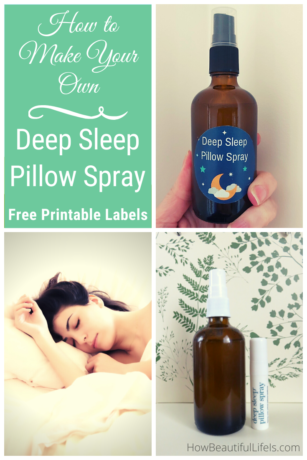
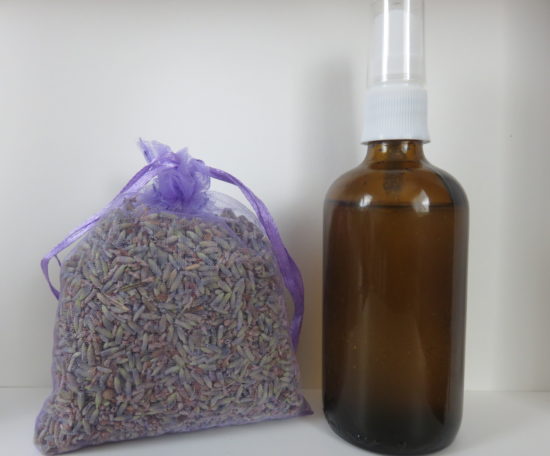
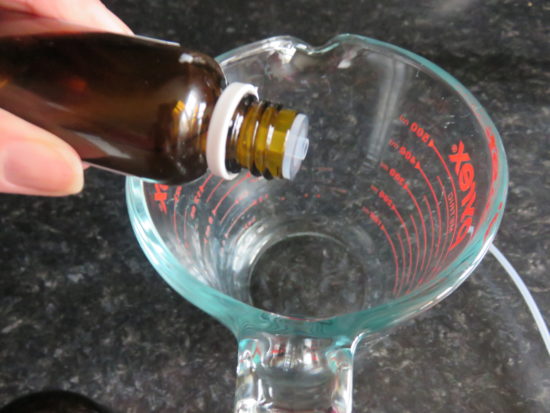

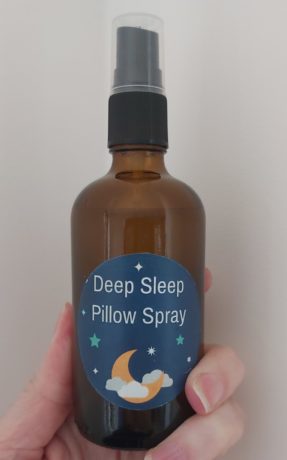
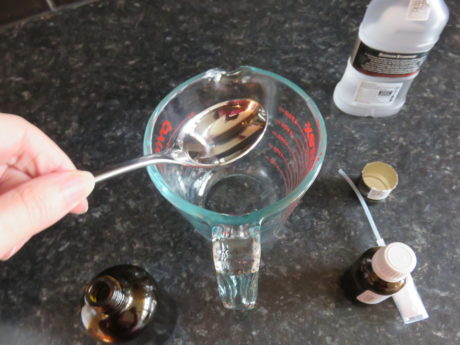
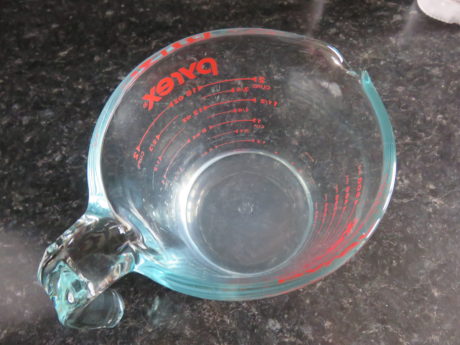
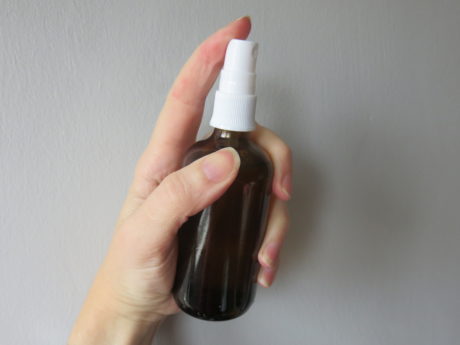

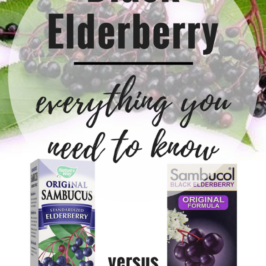
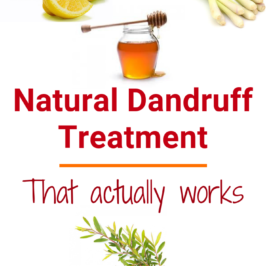

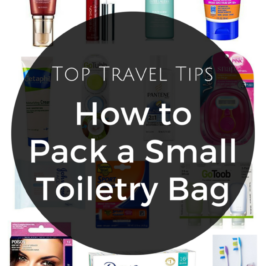
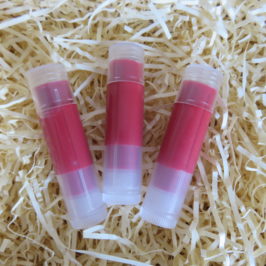
Kay
What about a preservative?
Colleen
The deionised water, alcohol, and sterile bottle should give you 6 months shelf life.
Mary Nee
Hi
Can I use a plastic spray bottle to make the pillow spray? Or does it have to be glass?
Thank you
Colleen
You can, but personally I try not to use plastic bottles because of the environmental and health risks they pose. Also over time storing essential oils and alcohol could cause the plastic to break down (depending on the type of plastic).
Tina Monarrez
Greetings, I don’t have any de-ionized water so for the time being can I use distilled instead? BTW, where does one get it?
Colleen
Yes, you can use distilled water. De-ionised water is used to top up car batteries, so can be purchased from car stores. Supermarkets and pharmacies may also stock distilled water. You can get both online.
Valerie
what size printing labels did you use?
Thank you
Colleen
Hi Valerie,
You can download the pdf of my free printable labels by following any of the links to it in the post above. You can change the size of these to suit your bottle using your print settings.
Laura
Hello,
I have been holding onto your page waiting for my essential oils to arrive, now they have and I have realized you don’t use all 3 original scents in your spray. If I were to use all 3 scents, would you suggest using even amounts of each?
Thank you, I am very excited to try this DIY version
Colleen
Start with equal amounts and see whether you like it, then adjust it to your personal preference. Scent is something personal, so try and create a balance that makes you feel relaxed and calm when you put your head down on your scented pillow.
Laura
Thanks!
Juli Banks
Would you do 40 each of vetiver, lavender, and chamomile for a total of 120 drops or 40 drops total divided by the 3 oils?
Colleen
I made just over 90ml so there was room at the top of the bottle so I could easily shake to mix the contents before spraying it. At 2% concentration that works out to be about 40 drops total. So you will need to divide the 3 oils into about 13 drops each. Or you can change these proportions based on the balance of scent your prefer (you could make a smaller batch to play around with the different balance of scents) but I do not recommend more than a 2% concentration.